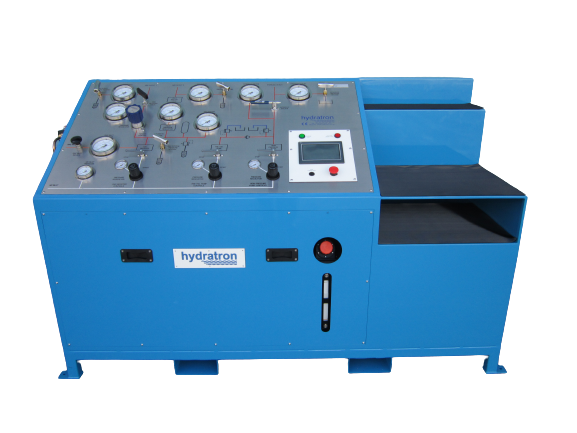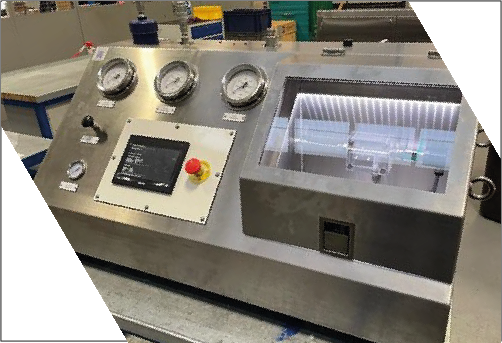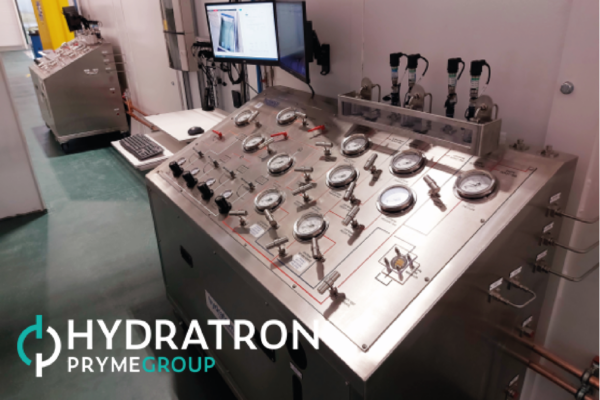
In this feature we are highlighting a project that required our engineers to work with our customer to design a bespoke solution to suit their pressure and torsion testing requirements.
Customer Requirement
Whilst developing a new design of connection system, a major subsea connector manufacturer had a requirement for pressure and torsion test equipment. The equipment needed to be designed and installed to achieve their new testing requirements. Their priority was to engage with a company who would work with their design engineers to develop the complete system.
The initial top-level requirements were:
- To test with water and nitrogen to 10,000PSI
- To have the ability to test gas under water when required.
- To have the capability to detect internal chamber seal failure while gas testing and quantify the associated leak rate, this could not be linked or measured from the primary test pressure supply side.
- Hydraulic testing to 10,000PSI while subjecting the test piece to external mechanical tortional loading.
- To ensure operator safety whilst operating with Nitrogen Gas.
- Capability to both manually and automatically carry out all testing.
- Tight tolerances on the pressure ramp up and ramp down rates.
- Operators were to be separated and protected from the high-pressure test area while testing was being carried out.
- Facility to fill, drain and filter the water of the main test bat (for carrying out gas under water testing).
- Full data logging and reporting capability.
Initial Action
Initially, we organised an onsite meeting with Hydratron design engineers and the clients design team to fully understand the testing parameters and survey the location for the proposed test area.
Challenges
Initial challenges were identified as follows:
- The large size of the test piece coupled with the requirement for underwater gas testing:
Parts could be up to approx. 3m long with diameters up to approx. 2m and could weigh up to approx. 3000kg. - Pressure testing while applying external mechanical tortional loads to the test pieces:
This required the design of a new type of work holding to be capable of applying very accurate and smooth mechanical loading and unloading of the test piece. - The range of testing parameters:
A large range of testing parameters needed to be incorporated into the control system. This was to cover the full range of products and give full flexibility to operators. They needed to either fully manually run various testing or allow the operator to set pre-programmed test parameters with various steps that could then be run fully automatically. - Leak detection:
The operator needed to be able to detect and quantify an internal gas leak on the test piece during gas testing separately to the primary test pressure supply system.
Solution
For the underwater gas testing, we explored the option of manufacturing a bathtub large enough to contain the test piece and designed to withstand a blast should the test piece fail under maximum test pressure conditions. in parallel to this, our client explored the option of constructing a concrete bath sunken into the floor of the test area with a specially designed cover.
Both options were considered and our client agreed to install a concrete sump, this proved to be the most suitable from both a safety and cost perspective.



